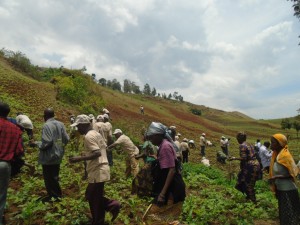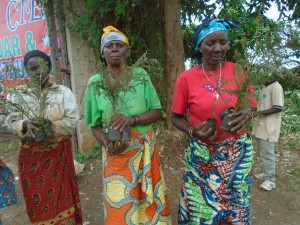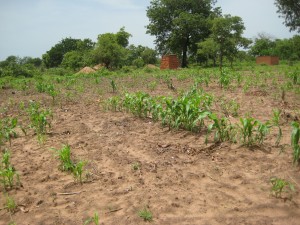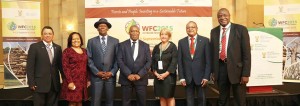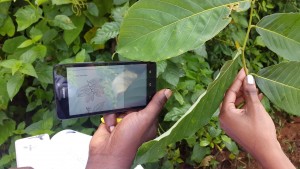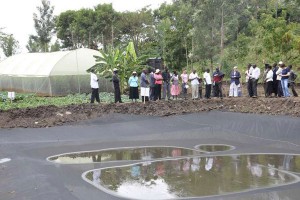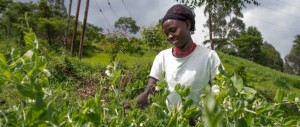 Increasing the participation of youth in agriculture is a global challenge. Yet it remains particularly perplexing within an African context, given the growing demand for food supply and emerging diversity in diet nutrition.
Increasing the participation of youth in agriculture is a global challenge. Yet it remains particularly perplexing within an African context, given the growing demand for food supply and emerging diversity in diet nutrition.
Marion Moon, founder and managing director of Wanda Organic Limited, considers the lack of appeal of employment in agriculture as failure to consider the market and how to meet (and create) market demands along the supply chain.
The unexploited solution according to Ms. Moon, however, lies within our reach. That is, packaging and commercializing agricultural innovations in stimulating and incentivized ways. As a result, there are a number of opportunities to have youth pursuing agriculture as a viable venture for economic development and innovators in this field should:
• Introduce competitive activities whereby users will receive prices at the end
• Provide technical assistance on the innovation making it sensible to the market
• Provide technical assistance on the business e.g. IT needs
• Brand products in simple and enticing ways
• Explain the cash flow
• Practice contract farming through ready markets and supply chains
• Make the innovation very efficient through technology such as mobile applications
• Pitch the innovation based on what people want at the moment
• Establish partnerships along the chain
• Simply state the diverse benefits and immediate returns
 According to Ms. Moon, this way government, national and international NGOs and various projects will develop business plans that will ensure uptake of their innovations based on great marketing techniques. In the same manner, the youth will be well advised on the most viable tree species based on their desire to have quick cash flow at their convenience.
According to Ms. Moon, this way government, national and international NGOs and various projects will develop business plans that will ensure uptake of their innovations based on great marketing techniques. In the same manner, the youth will be well advised on the most viable tree species based on their desire to have quick cash flow at their convenience.


